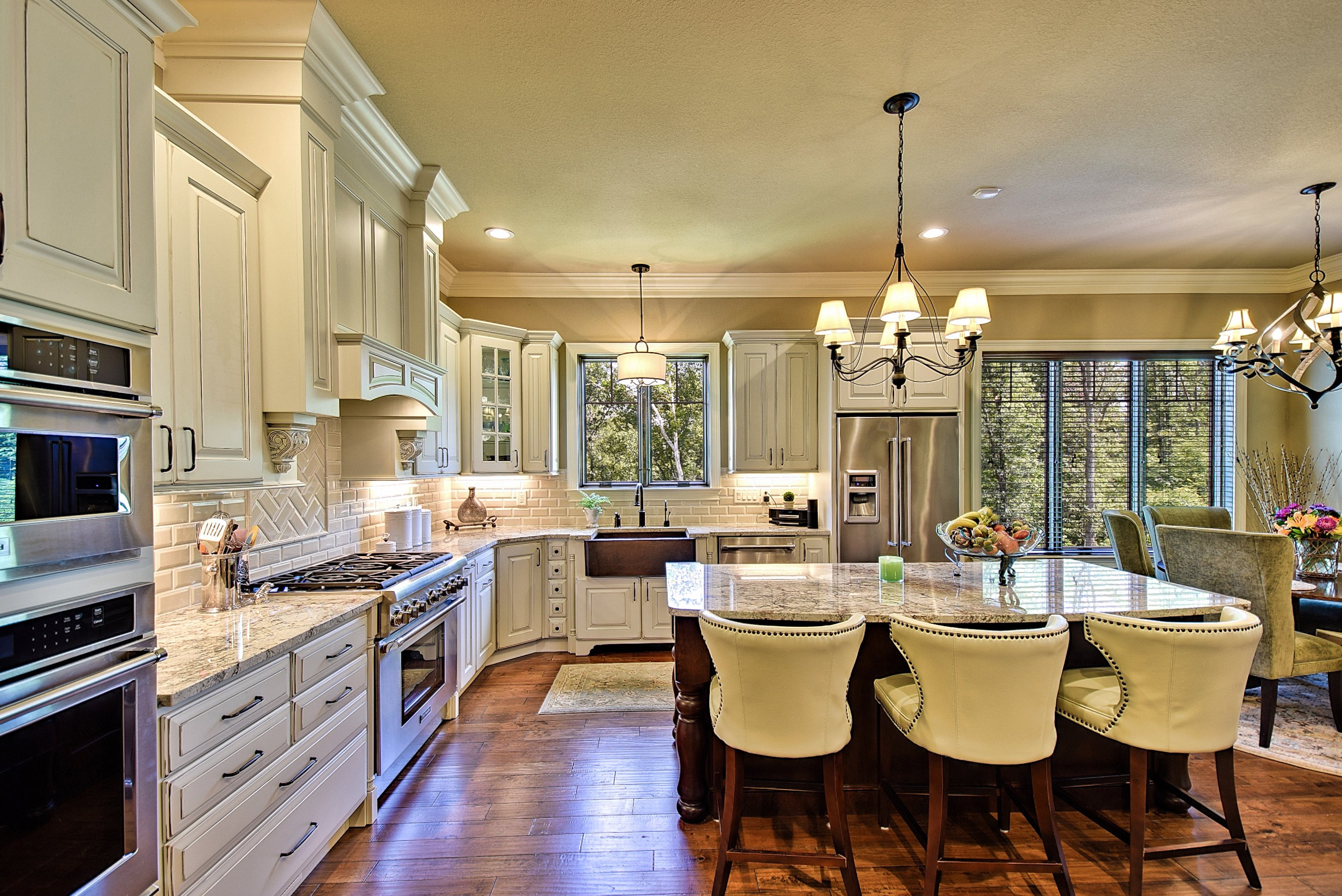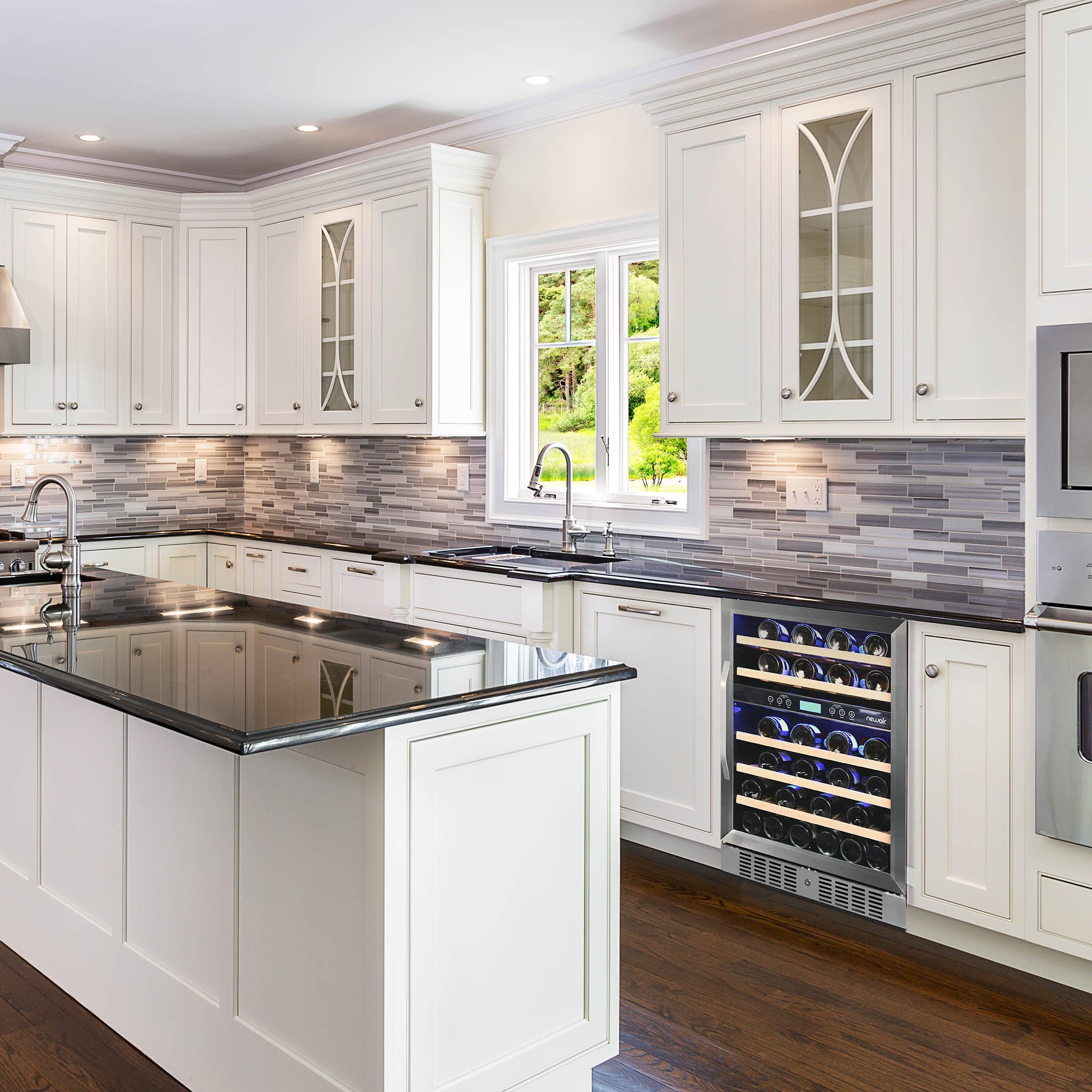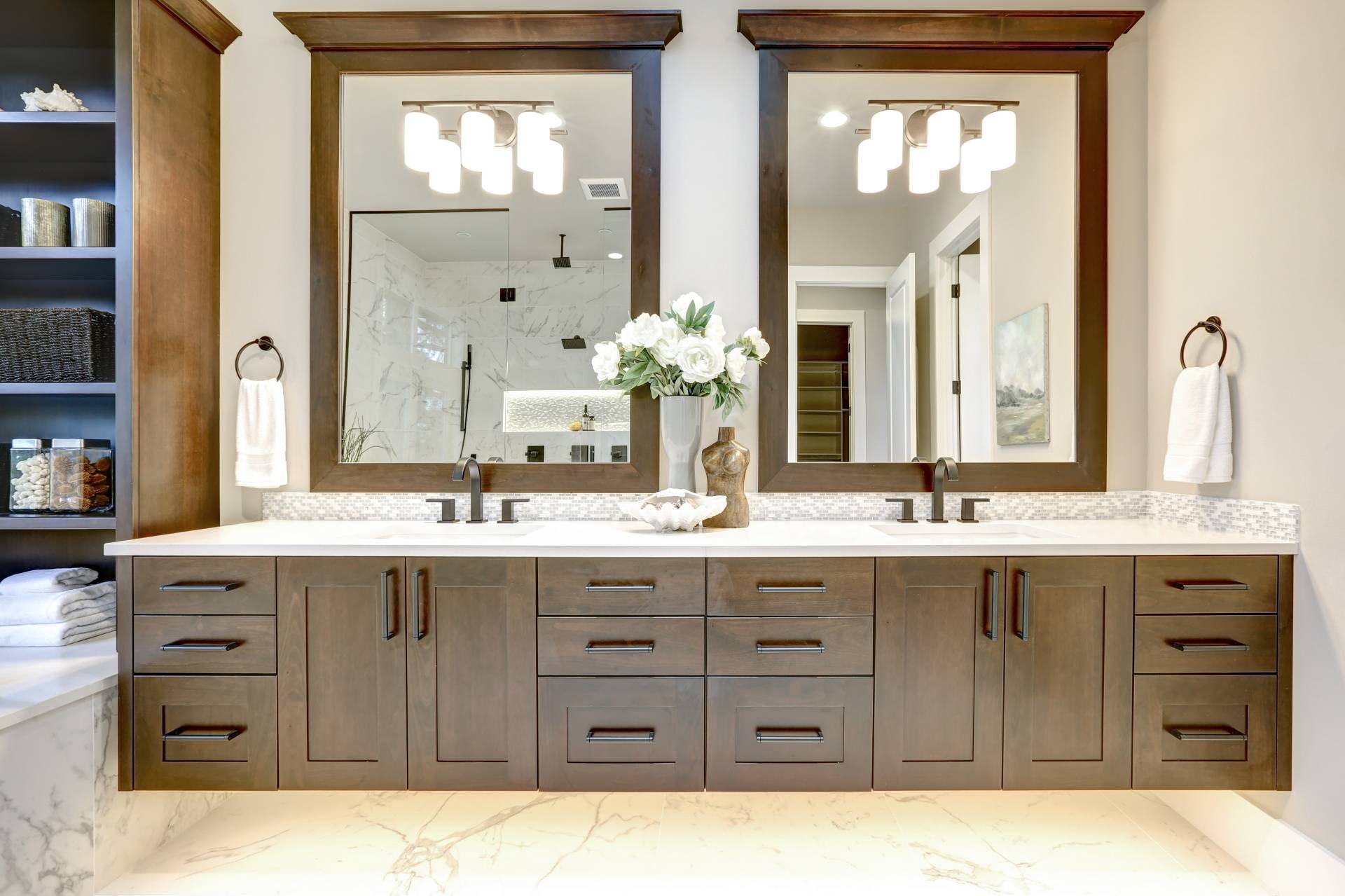Planning Your Bathroom Cabinet Remodel

A bathroom cabinet remodel can significantly enhance your bathroom’s functionality and aesthetics. Before embarking on this project, it’s crucial to carefully plan and assess your existing space and needs.
Assessing Your Current Bathroom Cabinet Needs and Limitations
Understanding your current bathroom cabinet’s strengths and weaknesses is essential for a successful remodel. This involves evaluating the available storage space, accessibility, and functionality.
- Storage Space: Consider the amount of storage you currently have and whether it meets your needs. Do you have enough space for all your toiletries, towels, and other bathroom essentials?
- Accessibility: Assess how easily you can reach and access the contents of your cabinets. Are they located at a comfortable height? Can you easily open and close the doors?
- Functionality: Examine the functionality of your current cabinets. Do they have enough shelves and drawers to accommodate your items? Are the shelves adjustable? Do they have features like pull-out drawers or organizers?
Factors to Consider When Planning a Bathroom Cabinet Remodel
Several factors play a crucial role in shaping your bathroom cabinet remodel.
- Budget: Determine your budget for the remodel. This will help you narrow down your options and make informed decisions.
- Desired Functionality: Consider your specific storage needs and desired features. Do you want more drawers, shelves, or specialized compartments? Would you like to incorporate a built-in mirror or lighting?
- Style Preferences: Think about the overall style of your bathroom and choose cabinetry that complements it. Do you prefer modern, traditional, or contemporary styles?
Measuring Your Bathroom Space and Existing Cabinetry
Accurate measurements are essential for designing and installing new bathroom cabinets.
- Measure the Bathroom Space: Measure the width, depth, and height of the area where you plan to install the new cabinets. Take into account any obstructions, such as pipes or electrical outlets.
- Measure Existing Cabinetry: Measure the width, depth, and height of your existing cabinets. This will help you determine the size of the new cabinets you need.
- Measure Shelf and Drawer Dimensions: Measure the dimensions of the shelves and drawers in your existing cabinets. This will help you determine the appropriate size for new shelves and drawers.
Designing a Visual Representation of Your Ideal Bathroom Cabinet Layout
Creating a visual representation of your ideal bathroom cabinet layout is a helpful step in the planning process.
- Sketch a Floor Plan: Draw a simple sketch of your bathroom floor plan, including the location of the existing cabinets and any other fixtures.
- Artikel Cabinet Placement: Mark the location of the new cabinets on your floor plan. Consider the placement of doors, windows, and other fixtures to ensure easy access and functionality.
- Add Cabinet Details: Include details about the size, shape, and features of the new cabinets. This will help you visualize the final look and feel of your bathroom.
Choosing the Right Cabinet Materials
The heart of your bathroom remodel lies in selecting the right cabinet materials. Your choice will determine the durability, aesthetics, and overall functionality of your bathroom space. This decision should be made carefully, considering the specific needs and style of your bathroom.
Comparing Common Cabinet Materials
The most common materials for bathroom cabinets include wood, laminate, and acrylic. Each material offers distinct advantages and disadvantages.
- Wood: Known for its natural beauty, warmth, and versatility. Wood cabinets can be customized to match any style, from traditional to modern. However, wood is susceptible to moisture damage and requires regular maintenance, including sealing and refinishing.
- Laminate: A cost-effective and durable option that offers a wide range of colors and patterns. Laminate is resistant to moisture, scratches, and stains, making it a practical choice for bathrooms. However, laminate can lack the natural beauty and warmth of wood and may not be as easily customizable.
- Acrylic: Acrylic cabinets are known for their sleek, modern look and high gloss finish. They are also highly resistant to moisture, stains, and scratches. However, acrylic can be more expensive than other materials and may be more susceptible to damage from impact.
Benefits and Drawbacks of Using Wood, Laminate, and Acrylic
Understanding the pros and cons of each material will help you make an informed decision.
Wood Cabinets
- Pros:
- Natural beauty and warmth
- Versatility in style and customization
- Can be refinished to refresh the look
- Cons:
- Susceptible to moisture damage
- Requires regular maintenance, including sealing and refinishing
- Can be more expensive than other materials
Laminate Cabinets
- Pros:
- Cost-effective
- Durable and resistant to moisture, scratches, and stains
- Wide range of colors and patterns
- Cons:
- Can lack the natural beauty and warmth of wood
- May not be as easily customizable
- Can be prone to chipping or peeling with rough handling
Acrylic Cabinets
- Pros:
- Sleek, modern look and high gloss finish
- Highly resistant to moisture, stains, and scratches
- Easy to clean
- Cons:
- More expensive than other materials
- May be more susceptible to damage from impact
- Limited customization options
Selecting Moisture-Resistant Materials
Bathrooms are prone to humidity and moisture, making it crucial to choose materials that can withstand these conditions. Moisture-resistant materials will prevent warping, swelling, and mold growth, ensuring the longevity of your cabinets.
- Wood: While wood is susceptible to moisture damage, certain species like cedar, redwood, and teak are naturally more resistant to moisture. However, even these woods require proper sealing and finishing to protect them from prolonged exposure to water.
- Laminate: Laminate is a highly moisture-resistant material, making it a popular choice for bathrooms. The protective layer on laminate prevents water from penetrating the core material, ensuring its durability.
- Acrylic: Acrylic is inherently resistant to moisture and water damage. Its non-porous surface prevents water absorption, making it a suitable option for humid environments.
Finishes and Styles for Bathroom Cabinets
Bathroom cabinets come in a wide range of finishes and styles to complement your bathroom’s design.
- Finishes:
- Painted: Offers a wide range of colors and allows for customization. Painted cabinets can be easily updated to match new decor.
- Stained: Highlights the natural grain and texture of wood. Stained cabinets provide a warm and traditional look.
- Glazed: Adds a subtle sheen to the surface, enhancing the depth and richness of the color.
- Distressed: Creates a rustic and vintage look with a weathered appearance.
- Styles:
- Traditional: Characterized by ornate details, intricate carvings, and a timeless elegance.
- Modern: Emphasizes clean lines, minimalist design, and sleek finishes.
- Contemporary: Blends modern elements with a touch of traditional design, creating a sophisticated and timeless look.
- Rustic: Features natural materials, rough textures, and a warm, inviting feel.
Designing Functional Storage Solutions: Bathroom Cabinet Remodel Ideas

A well-designed bathroom cabinet goes beyond aesthetics; it prioritizes functionality and maximizes storage capacity. Incorporating a variety of storage solutions within the cabinet ensures that every item has its designated space, promoting organization and efficiency.
Choosing the Right Storage Solutions
The choice of storage solutions within a bathroom cabinet depends on the cabinet’s size, the items to be stored, and personal preferences. Different storage solutions cater to specific needs and can be combined to create a highly functional system.
- Shelves: Ideal for storing toiletries, towels, and other frequently used items. Adjustable shelves offer flexibility to accommodate items of varying heights.
- Drawers: Perfect for storing smaller items like makeup, skincare products, and hair accessories. Drawers keep these items neatly organized and hidden from view.
- Pull-out Baskets: These baskets can be used for storing items like cleaning supplies, extra towels, or hair styling tools. They are easy to access and pull out, allowing for quick retrieval of items.
Designing a Layout with Open and Closed Storage
A balanced approach to storage involves incorporating both open and closed compartments within the bathroom cabinet. This strategy maximizes visibility and accessibility while maintaining a sense of order.
- Open Storage: Ideal for frequently used items like hand towels, decorative elements, or essential toiletries. Open shelves allow for easy access and visual organization.
- Closed Storage: Suitable for items that need to be concealed, such as medications, personal care products, or items you prefer to keep out of sight.
Innovative Storage Solutions, Bathroom cabinet remodel ideas
Beyond traditional shelves and drawers, innovative storage solutions can further maximize space and optimize functionality within a bathroom cabinet.
- Vertical Storage: Utilizing vertical space with narrow shelves or organizers allows for storing items like hairspray, styling tools, or bottles of lotion in a compact manner. This method effectively maximizes space and prevents clutter.
- Over-the-Door Organizers: These organizers hang over the cabinet door, providing additional storage for items like hairbrushes, combs, or small toiletries. They are particularly useful in smaller bathrooms where space is limited.
- Corner Storage: Utilizing the often-neglected corner space within the cabinet with rotating shelves or corner organizers allows for efficient storage of seldom-used items or bulky items.
Organizing and Maximizing Storage
Effective organization within a bathroom cabinet is key to maximizing storage capacity and maintaining a sense of order.
- Categorize and Group Items: Grouping similar items together, such as skincare products, hair care items, or toiletries, makes it easier to locate and retrieve specific items. This organization strategy promotes efficiency and reduces clutter.
- Utilize Storage Containers: Clear containers or baskets can help organize and compartmentalize items within drawers or shelves. This strategy creates visual order and facilitates quick access to specific items.
- Maximize Vertical Space: Utilizing vertical space with stacked containers, tiered shelves, or hanging organizers maximizes storage capacity within the cabinet. This approach ensures that every inch of space is utilized effectively.
Adding Style and Functionality

Your bathroom cabinets are more than just storage spaces; they can be design elements that enhance the overall aesthetic and functionality of your bathroom. By incorporating stylish features and practical solutions, you can transform your cabinets into focal points that elevate the entire space.
Hardware Choices
The hardware you choose for your bathroom cabinets can significantly impact their look and feel. Consider the following options:
- Knobs and Pulls: From sleek and modern to traditional and ornate, there are countless styles of knobs and pulls available. Choose options that complement the overall design of your bathroom and provide a comfortable grip.
- Finishes: Hardware comes in a variety of finishes, including brushed nickel, chrome, oil-rubbed bronze, and gold. Select a finish that coordinates with other fixtures in your bathroom, such as faucets and towel bars.
- Cabinet Hinges: Hinges can be concealed or exposed, depending on the desired aesthetic. Concealed hinges create a clean, minimalist look, while exposed hinges can add a touch of traditional charm.
Lighting Design
Adequate lighting is essential for both functionality and ambiance in a bathroom. Here are some ideas to consider:
- Under-Cabinet Lighting: Install LED strips or puck lights under your cabinets to illuminate the countertop and provide task lighting for grooming activities.
- Mirror Lighting: Frame your mirror with integrated LED lights or sconces to create a flattering and well-lit reflection.
- Ambient Lighting: Use overhead lighting, such as a ceiling fixture or pendant light, to provide general illumination and enhance the overall atmosphere of the bathroom.
Mirror Integration
Mirrors are a staple in any bathroom, and integrating them into your cabinet design can create a seamless and stylish look.
- Medicine Cabinets: Combine a medicine cabinet with your bathroom cabinet for a space-saving solution that offers both storage and a mirror.
- Mirrored Doors: Use mirrored doors on your bathroom cabinets to visually expand the space and create a sense of openness.
- Floating Shelves with Mirrors: Create a modern and minimalist look by incorporating floating shelves with mirrored fronts for storage and reflection.
Unique Features
Add personality and functionality to your bathroom cabinets with unique features:
- Built-in Organizers: Utilize built-in organizers, such as pull-out drawers, sliding trays, and adjustable shelves, to maximize storage space and keep your bathroom tidy.
- Vanity Countertop: Choose a countertop material that complements the style of your bathroom and provides a durable and easy-to-clean surface. Consider options like quartz, granite, or marble.
DIY or Professional Installation
:max_bytes(150000):strip_icc()/double-vanity-ideas-1-erin-williamson-design-hill-country-lake-house-6857062a43964338b557315bacc7424f.jpg)
The decision to install bathroom cabinets yourself or hire a professional depends on your skill level, time availability, and the complexity of the project. Both options have their own advantages and disadvantages, and understanding these can help you make the right choice for your remodel.
DIY Installation
Installing bathroom cabinets yourself can be a rewarding experience, allowing you to save money and gain a sense of accomplishment. However, it also requires a certain level of skill and knowledge.
Pros
- Cost savings: DIY installation can significantly reduce the overall cost of your remodel. You only need to pay for the materials and tools.
- Control and customization: You have complete control over the installation process, ensuring the cabinets are installed exactly how you want them.
- Flexibility and scheduling: You can work on the project at your own pace and schedule it around your other commitments.
Cons
- Time commitment: DIY installation can be time-consuming, especially for complex projects. Factor in the time needed for planning, purchasing materials, and completing the installation.
- Skill and knowledge: Installing bathroom cabinets requires specific skills and knowledge, including basic carpentry, plumbing, and electrical work. If you’re not comfortable with these tasks, it’s best to hire a professional.
- Risk of mistakes: Incorrect installation can lead to damage to your bathroom or even safety hazards. If you’re unsure about any aspect of the installation, consult a professional.
Necessary Tools and Safety Precautions
- Essential tools: A basic set of tools is required for DIY installation, including a stud finder, level, tape measure, drill, screwdriver, saw, and hammer.
- Safety precautions: Always wear safety glasses and gloves when working with power tools. Be mindful of electrical wires and plumbing pipes, and use caution when working at heights.
- Detailed guide: Follow a detailed guide or tutorial for the specific type of cabinets you are installing. Many online resources and videos offer step-by-step instructions.
Professional Installation
Hiring a professional installer offers several advantages, particularly for complex or custom installations.
Pros
- Expertise and experience: Professional installers have the knowledge and experience to install cabinets correctly and efficiently, minimizing the risk of mistakes.
- Time efficiency: Professional installers can complete the project quickly, saving you time and effort.
- Warranty and insurance: Many professional installers offer warranties on their work and carry insurance, providing peace of mind in case of any issues.
Cons
Seeking Professional Help
- Complex installations: For intricate or custom cabinets, seeking professional help is recommended. Professionals have the expertise to handle complex measurements, installations, and potential challenges.
- Limited skills or time: If you lack the necessary skills or time to complete the project yourself, hiring a professional is the best option. It ensures a successful and stress-free installation.
Tips for Proper Installation
- Precise measurements: Accurate measurements are crucial for proper installation. Take multiple measurements and double-check them before cutting any materials.
- Leveling and alignment: Ensure cabinets are level and aligned for a professional look and functionality. Use a level to check the installation throughout the process.
- Secure fastening: Properly secure cabinets to the wall studs for stability and longevity. Use appropriate fasteners and ensure they are installed correctly.
- Testing functionality: After installation, test the functionality of all cabinet doors, drawers, and shelves to ensure they open and close smoothly.
